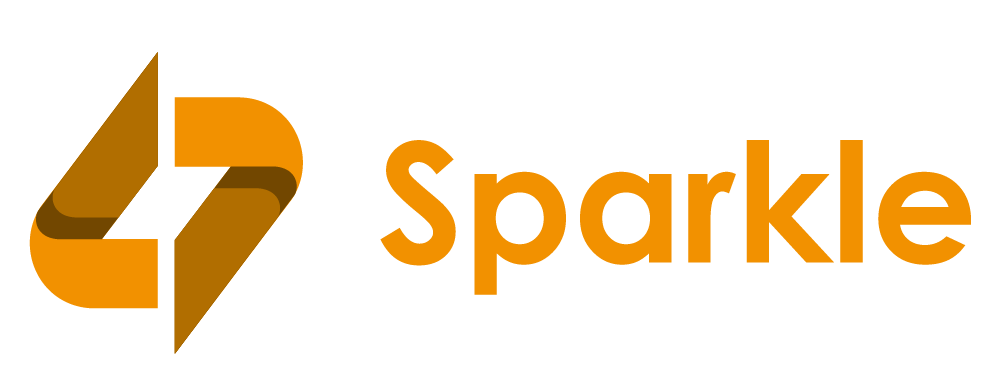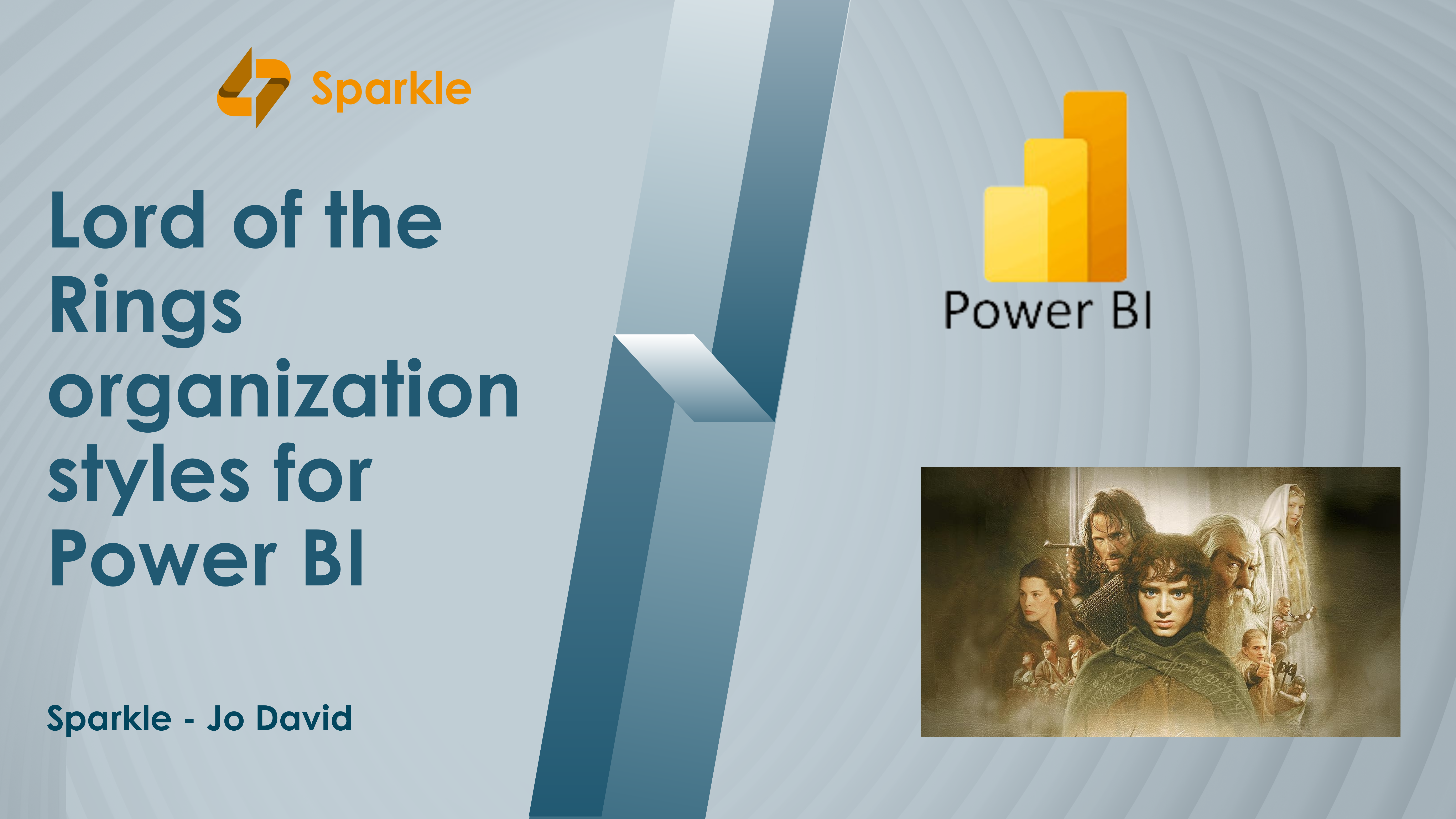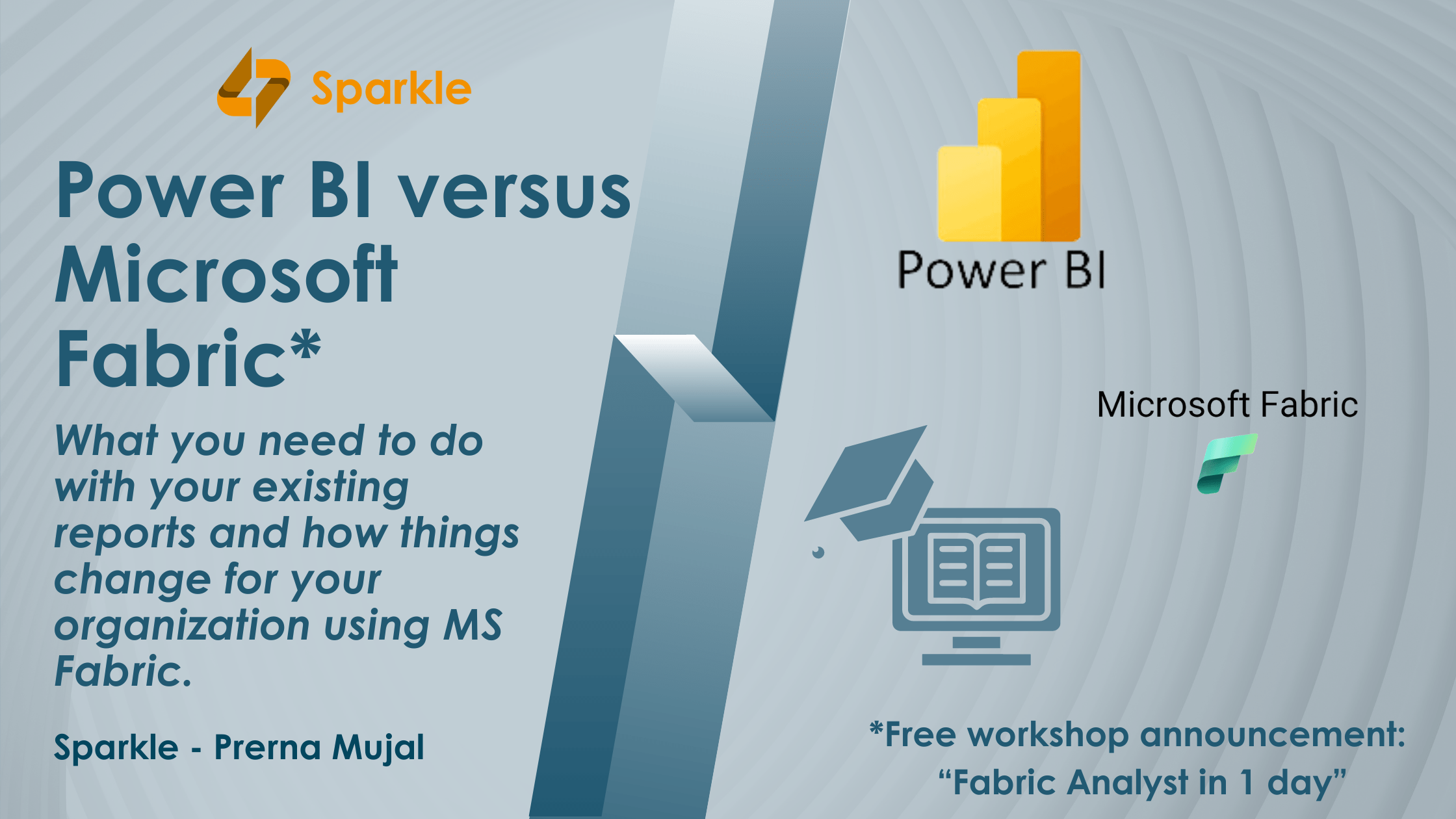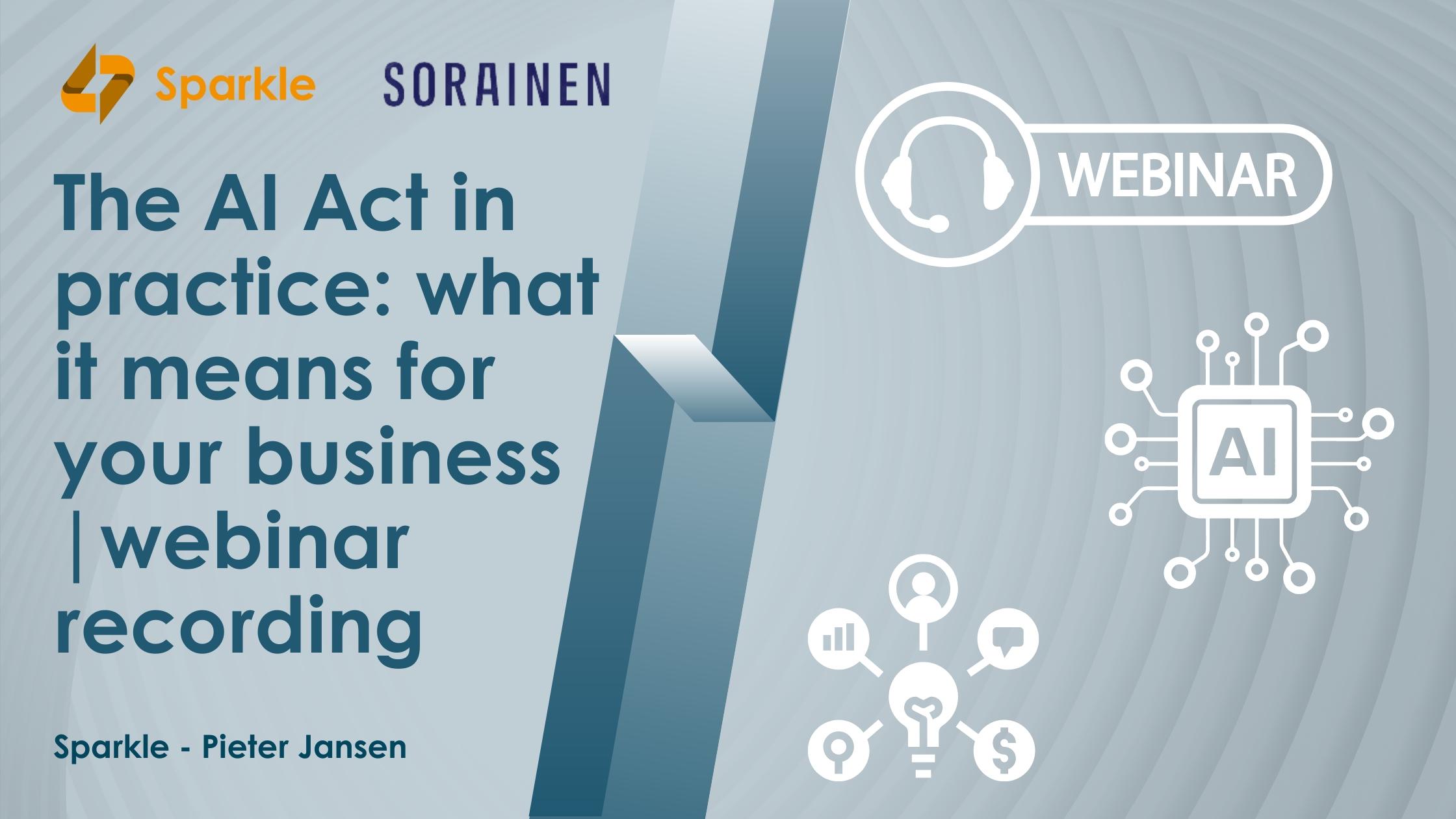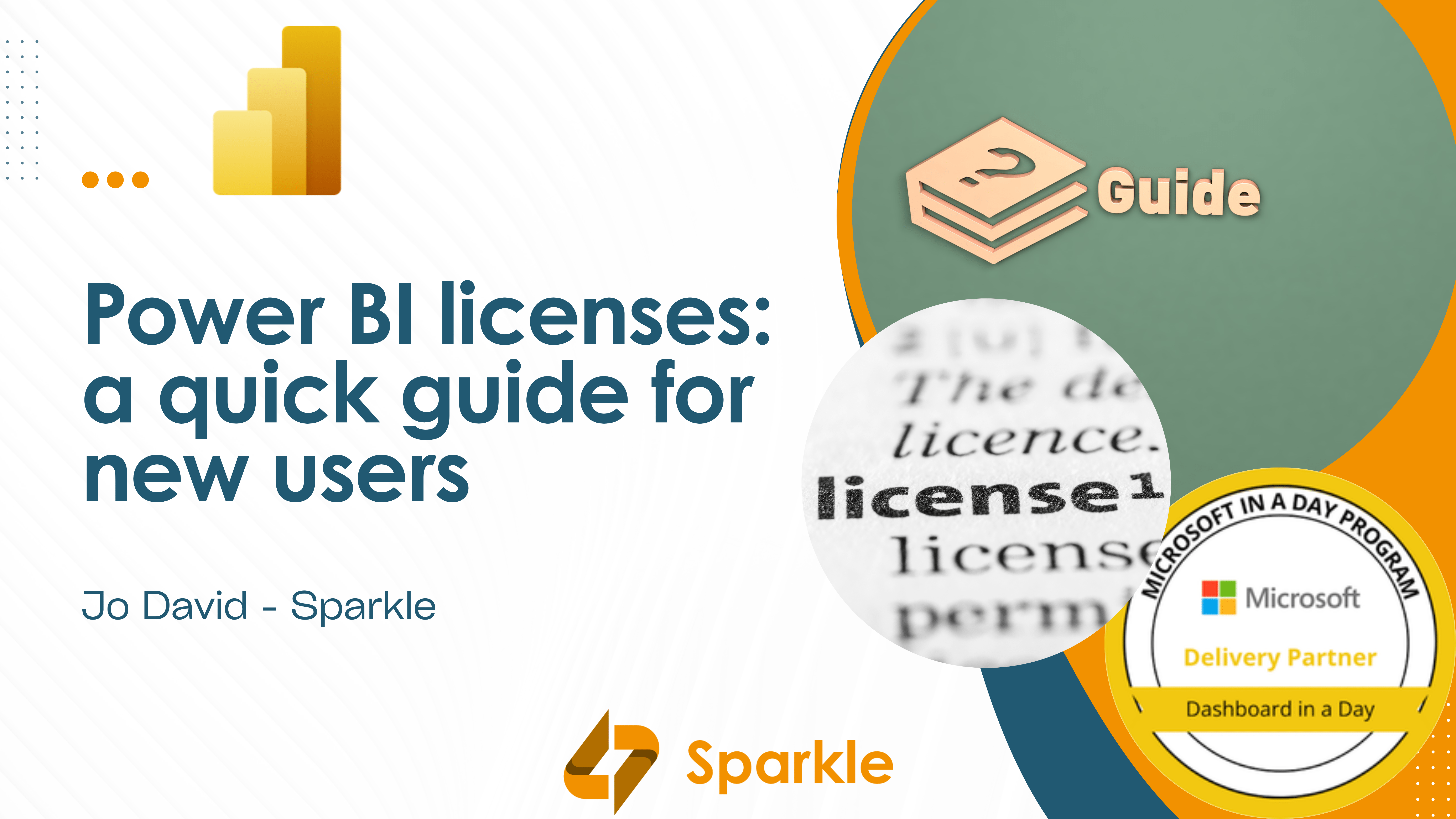Uncover the advantages of Microsoft Fabric for your data-driven business in the recordings of a webinar we hosted mid september.
In case you missed this webinar, click on the button below to get access to the recordings.
Interesting, but what is Microsoft Fabric?
Microsoft presents Fabric as an all-in-one analytics solution for enterprises that covers everything from data movement to data science, Real-Time Analytics, and business intelligence, offering a comprehensive suite of services, including data lake, data engineering, and data integration, all in one place.
How is this different from the unified analytics platform that Microsoft pitched with the introduction of Azure Synapse Analytics?
Streamlined architecture:
Fabric is a broader architecture that integrates services at a higher conceptual level, incorporating Synapse as one of several architectural components:
- Azure Synapse Analytics: Covering data engineering, data warehousing, data science, and real-time analytics
- Power BI: Focused on visualizations, simplified data hubs, Microsoft 365 integration, and AI support
- Data Factory: Handling data integration, coded and code-free ETL/ELT, pipeline management and orchestration
- Data Activator: Offering real-time data observability, alerts, and triggers in a no-code experience
- Data Lakehouse Approach
Data Lakehouse:
Microsoft Fabric adopts the Data Lakehouse concept, storing data in OneLake atop Azure Data Lake Storage Gen 2. This approach unifies data, whether managed in a data warehouse using T-SQL or a data science environment utilizing Python, Scala, and SQL (although not T-SQL). The result is reduced data duplication and architectural complexity, enabling seamless data sharing across environments.
Data Fabric Trend:
Microsoft Fabric plays in the arena of data fabric, where you will also find players like Databricks, Snowflake, and Google. Gartner defines data fabric as a framework for flexible, reusable, and automated data integration pipelines, services, and semantics. According to Gartner, from 2022 to 2024 data fabric deployments will quadruple efficiency in data utilization, while cutting human-driven data management tasks in half.
Availability:
Microsoft Fabric is currently in public preview, which means that the product is available for exploration and use – although with little hard service guarantees – and that it will become generally available soon.
What is now our take on Fabric?
Fabric successfully brings the following improvements:
- A unified user experience, making all aspects of the solution manageable from within one workspace. There is no more need for users to create and manage individual Azure resources and stitch them together
- OneLake, a single place for storing data, accessible for all services in the platform. Whereas data is stored only once, it can be read as data files, as SQL based tables, and is even directly accessible for reporting and visualization. You can access your data in the way that best serves your needs
- The integration of the data engineering and analytics solution (Synapse) with the familiar PowerBI business intelligence platform
- AI support for analytics and business intelligence
In addition, Fabric is an excellent basis for integrating more advanced aspects of the Data Fabric framework such as:
- Data automation, including adaptive data and process modelling
- A holistic metadata store, that covers all layers of the solution
- Management of data quality, master data management, data catalog
- Robust data governance
Wondering what added value Microsoft Fabric can bring for your business? Contact us and let’s find out.
Or uncover the advantages of Microsoft Fabric for your data-driven business in the recordings of a webinar we hosted mid september.
Click on the button below to get access to the recordings.
